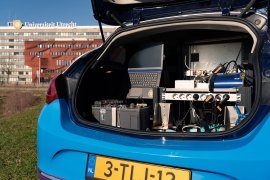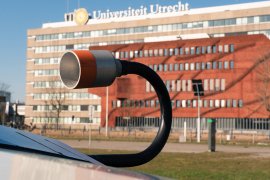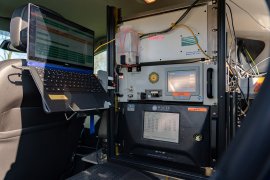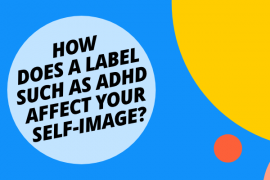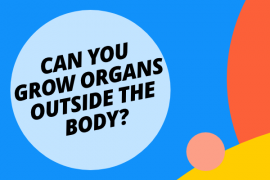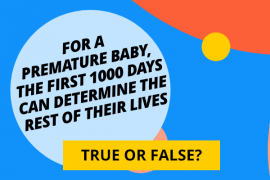A healthy living environment for all
When it comes to health, we tend to focus on genetics. However, some 70-80 per cent of our health is actually determined by environmental factors. Professor Roel Vermeulen and his Utrecht University and UMC Utrecht colleagues, along with various Dutch and international research groups, are currently studying the aggregate of all these factors: the exposome.
We want to understand what makes us ill - and what not.
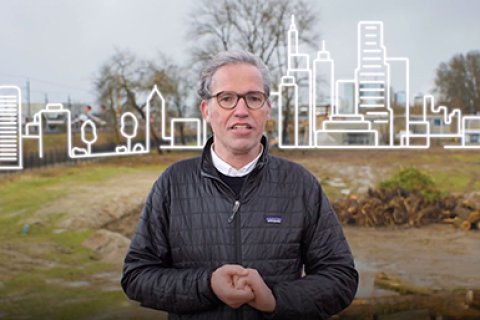
Vermeulen and his colleagues agree that in order to understand how environmental factors affect our health, we need to examine the molecules around us and the fingerprints they leave in our bodies. The researchers have set themselves the ambitious task of systematically charting the thousands of chemicals and countless other factors we are exposed to on a daily basis.
An example: during your daily shower, you may come across no less than 20 different chemicals. If you shampoo your hair, an additional 30. Apply facial cream, deodorant, perfume, lipstick or aftershave, and your morning routine can add hundreds of chemicals to your skin before you even leave your home. And the most shocking is that we do not really know the health effects of many of the chemicals in the market today.
An understanding of what makes us sick and of what does not do so will help them determine which environmental factors are harmful to us and to what extent. They especially aim to figure out which combinations of these environmental factors are harmful and whether we are especially vulnerable to them at certain stages of our lives.
So how do you measure the invisible?
‘It’s far harder to “measure” someone’s exposome than it would be to sequence their genome,’ Vermeulen explains. ‘We don’t have a universal method to measure every single factor like geneticists do. Unlike the genome, the exposome also varies over time. The research requires a multidisciplinary approach in which we combine new technological developments from multiple research fields – such as sensors and spatial models – to study the influence of the entire exposome on a cell, tissue or organ.’
What’s in the air we breathe?
The researchers believe they have now managed to accurately pinpoint one of these factors – air quality. ‘We have a growing number of sensors at our disposal that provide detailed information about air pollution. It’s helping us to gain a better understanding of the health effects,’ Vermeulen says. ‘And that’s important, because air pollution is a silent killer. An estimated four to nine million people die prematurely every year as a result of air pollution. In other words, the number of deaths caused by air pollution equals the number of smoking deaths.
The number of deaths caused by air pollution equals the number of smoking deaths.
Distorted results
Cities generally determine air quality on the basis of a limited number of measuring points. However, air quality – and thus the degree of air pollution – can vary from street to street and from day to day. In many cases, the measurements only include substances that are legally required to be monitored. That obviously distorts the results. For example, ultrafine dust and nano-sized particles (with a diameter of less than 0.1 micron) from car exhausts are not included in the standard measurements. However, these particles can penetrate deep into the lungs and bloodstream, increasing the risk of respiratory and cardiovascular disease.
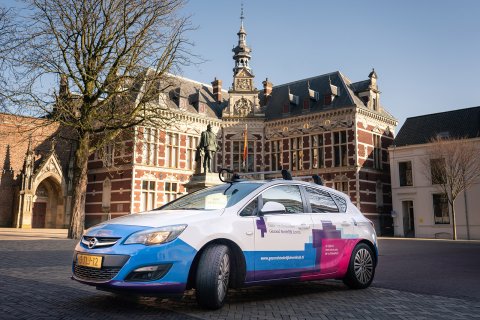
Vermeulen wanted to find a way of monitoring air quality in cities around the world. ‘We entered into a unique partnership with Google where we fitted some of their street view cars with sensors that could measure the amount of nitrogen oxides, particulate matter, soot and ultrafine dust in the air.’ The team started in Oakland and subsequently expanded its runs to Copenhagen and Amsterdam. ‘Our partnership with Google gave us daily access to dozens of hours of air quality data. The result: a “map” at street level that tells us which cycling routes to work will help us avoid the worst of the traffic fumes.’
Healthy urban living
This data can help urban planners identify and target areas with poor air quality. Together with architects and designers, Copenhagen is now using the maps to rethink its vision for a healthy and liveable future.
Utrecht University, the National Institute for Public Health and the Environment (RIVM) and the Economic Board Utrecht have established a Healthy Urban Living Data and Knowledge Hub in an effort to improve the usability of measurement data and disseminate the resulting knowledge more effectively. ‘The open platform allows us to collaborate on solutions for a healthy urban environment with over ten partners from the public and private sectors. The Google Air View cars – without the familiar roof-mounted cameras, of course – were recently donated to the hub, much to the delight of the partners. ‘Both UU and RIVM are really excited to have the cars up and running in other cities and regions in the near future.’


